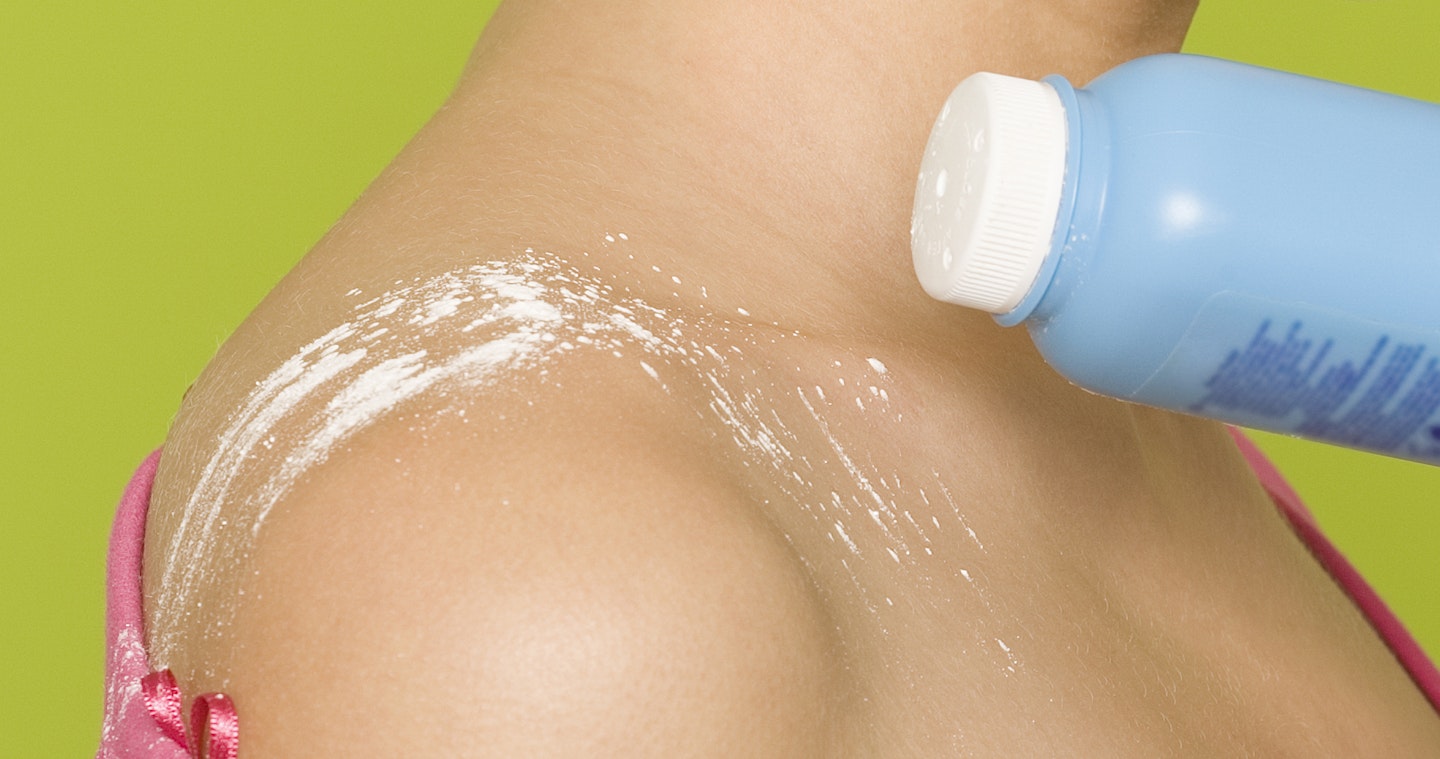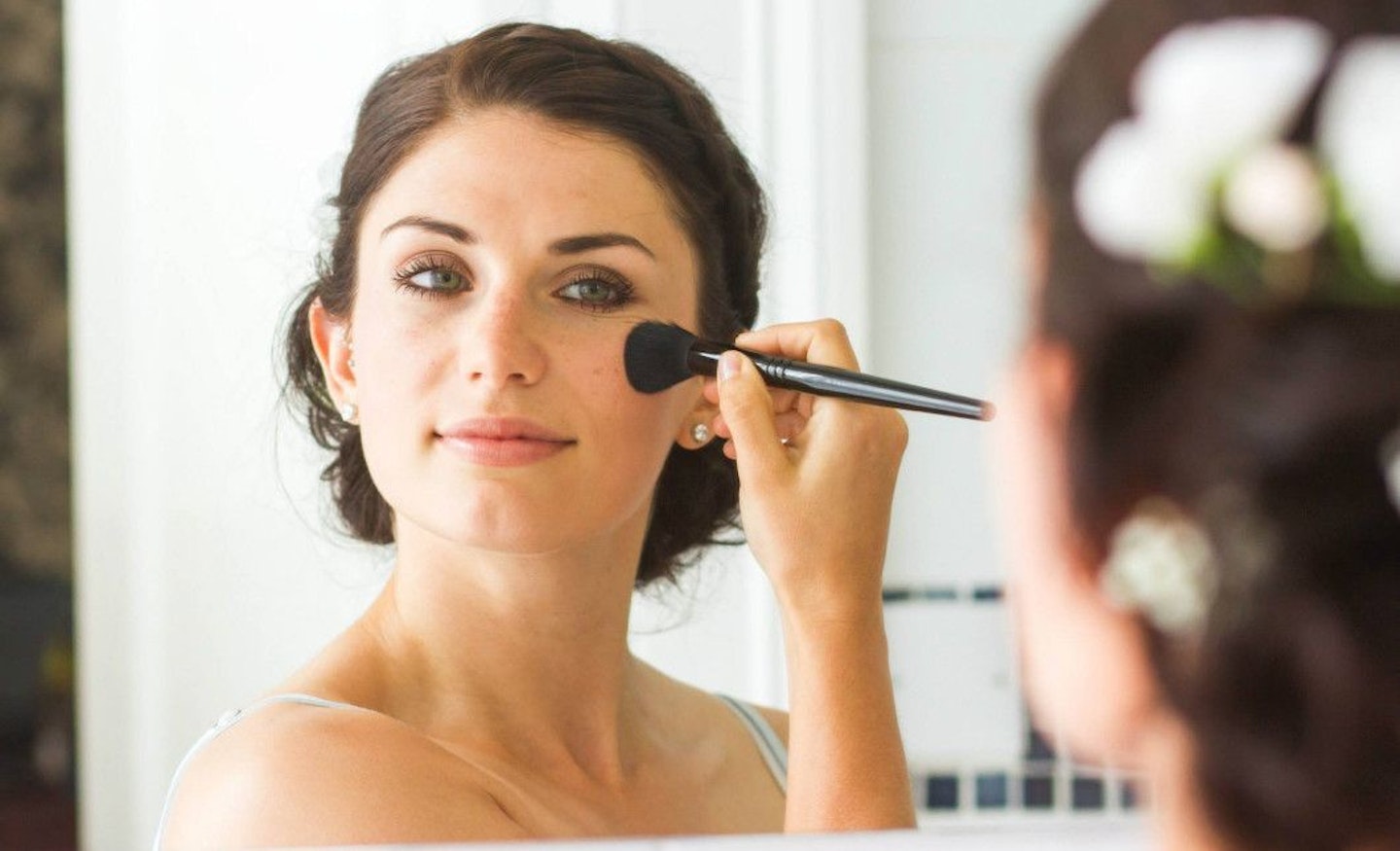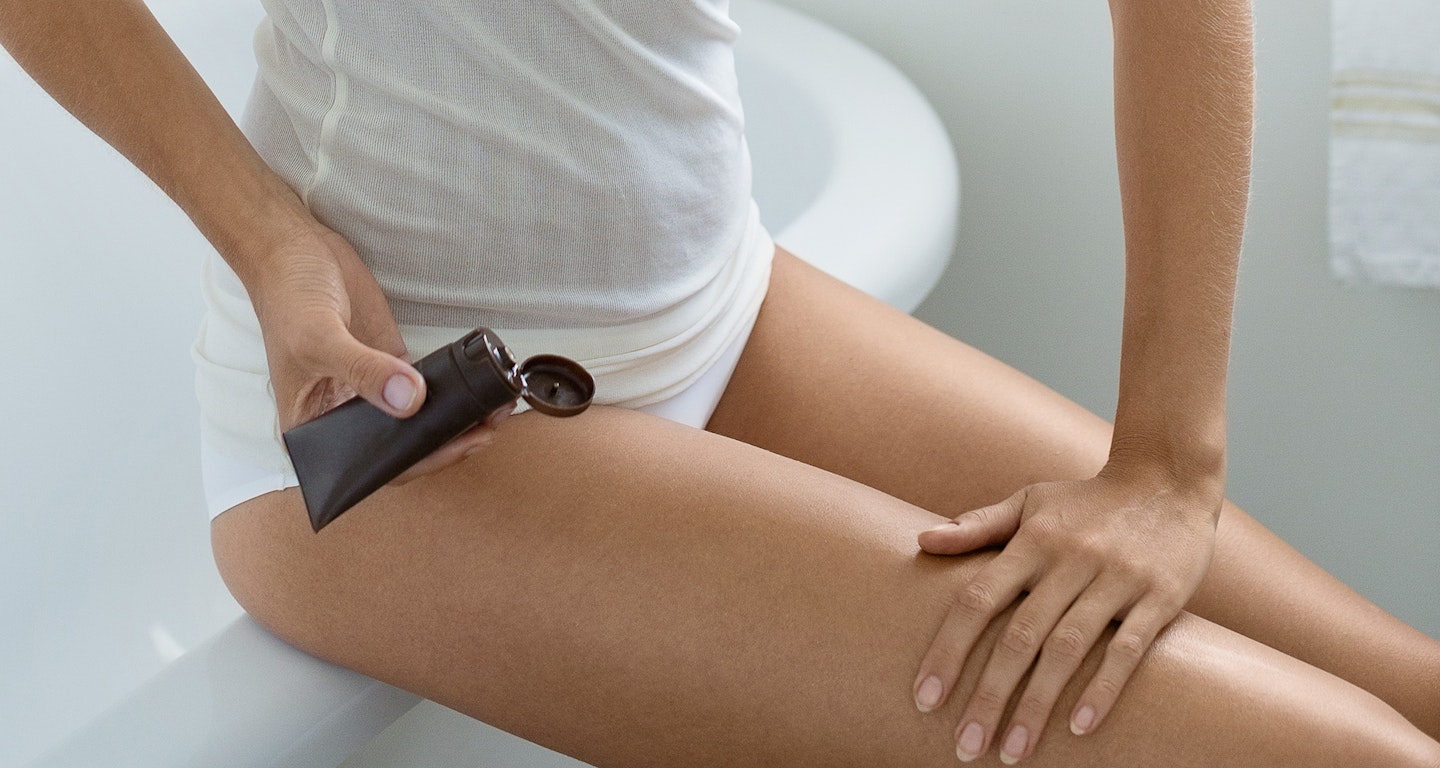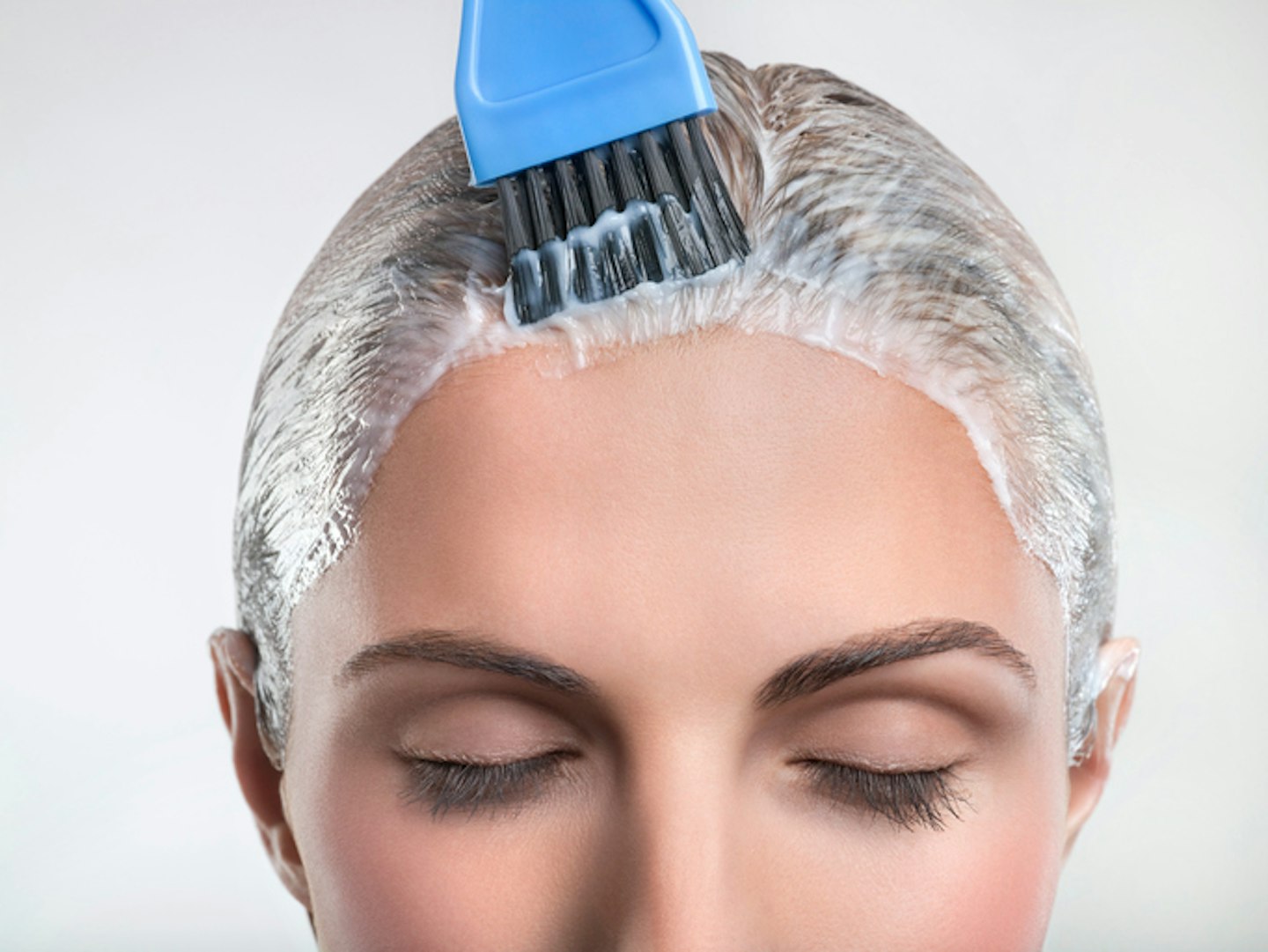An American woman was awarded £57million in damages after she claimed talc caused her ovarian cancer.
Now, people are arguing that's proof of a link between a beauty product and cancer risk - but it's not that straightforward.
Cancer doesn't have one cause, it's all kinds of factors coming together. One tiny study or internet rumour can become a worldwide cancer scare overnight. People feel frightened, but don't read up on the evidence, and what respected organisations like Cancer Research has to say. They would never state that something is safe without being sure of it. Here's the truth behind some of the most common concerns.
Talcum powder cancer risk

There's very little evidence of a link between talc and cancer risk, and what does exist is weak and can't prove cause and effect, just an association. The International Agency For Research On Cancer has classified genital talc as a 'possible' carcinogen.
If something is classed as a carcinogen, it doesn't mean it causes cancer in every case, all the time. The risk depends on many factors, including how a person is exposed to a carcinogen, the length and intensity of the exposure, and their genetics. The fact that it's a 'possible carcinogen' means they can't prove with complete certainty one way or the other.
All you need is one person in a study who has ovarian cancer and who has used talc all their lives and you have a link. That's why people get compensation. It isn't a cover-up – nobody wants to make toxic products that kill people. Talc has never been found in tumours and often research doesn't look at factors like age, weight or hormone therapy. Age is the biggest risk factor for ovarian cancer, and older generations tend to use talc, so that could be why there's a link.
Brazilian blow dry cancer scare

A cream containing formaldehyde, or another chemical that releases formaldehyde when it's heated, is brushed into hair, blown dry and flat-ironed to straighten hair semi-permanently.
The worry here is exposure to formaldehyde, but formaldehyde is used in building materials, in household products and your body even makes it naturally. All doctors in training spend two years inhaling thick clouds of formaldehyde from the bodies we dissect, yet there isn't an increased risk of any cancer in the medical profession. In a salon it's being blown away, so you're not going to be breathing in much. You're at no risk as a client, and hairdressers just need to ensure the salon is well ventilated.
Deodorant cancer risk myth
.jpg?auto=format&w=1440&q=80)
This scare started as an email hoax, which is awful. The worry is about aluminium salts, but research has shown there are no significant differences in levels of aluminium in normal areas of the breast and in breast tumours.
The only time women are advised not to use deodorant containing aluminium is before a breast screening, purely because it can obscure the results. That caused confusion, though, because when women were told not to use it, they understandably assumed it was in some way linked to cancer, but it's not. People also worry that deodorants block your pores so you can't sweat out toxins, and they turn into cancer in your lymph glands. That's simply not true.
Also, breast cancer always starts in the breast and spreads to the lymph gland, not the other way round. Because doctors always check your armpits, it's made people suspicious. There is no good evidence that aluminium in deodorants could increase the risk of cancer in animals or humans.
Cosmetics and parabens cancer link

One tiny study found small traces of parabens - preservatives found in many cosmetics - in breast tumours, but that doesn't prove parabens caused that tumour - not even the authors of the study said that.
Breast tumours will contain traces of all kinds of things that have made their way into our bloodstream, that doesn't mean they caused the tumour, and you'll find parabens in normal tissue, too. Parabens are similar to oestrogen, the hormone that can increase the risk of breast cancer at high levels, but parabens are far weaker than oestrogen and any effects are likely to be overwhelmed by natural oestrogen produced in our body anyway.
Fake tan cancer rumour

Dihydroxyacetone (DHA) in fake tan is made from sugar cane and reacts with skin to change the colour. Again, there was one small piece of research that said DHA could possibly become dangerous when inhaled in a spray tan session because it ends up in the bloodstream. They didn't link it to higher incidence of any particular cancer.
DHA has been in products for years, it's not new and the levels of DHA in spray tans are between 3-5%. There is no evidence that DHA is harmful to humans when applied topically. You are far more at risk of cancer from sunbathing without proper SPF protection or from using a tanning bed. We always assume something 'natural' is better for us, but the sun is the most natural thing in the world and is far more carcinogenetic than any chemical.
Hair dyes cancer scare

Dyes have been a problem in the past; in the 70s and 80s amongst people who worked with dye that contained aniline, we saw bladder cancer rates shoot up, so we very quickly stopped using it.
It's estimated that more than one-third of women over 18 use hair dye, so if there was a really strong link – like that one in the 80s – changes would be made. There's an old phrase which is relevant here: "It's the dose that makes the poison". What makes something toxic is the amount – water is toxic if you drink enough of it but it has to be a huge amount. The dosage is important here – and that is monitored and regulated. The International Agency for Research on Cancer concludes that personal use of hair dyes is not classified as carcinogenic. That's the authority that you should listen to.
Read more from Dr Christian:
